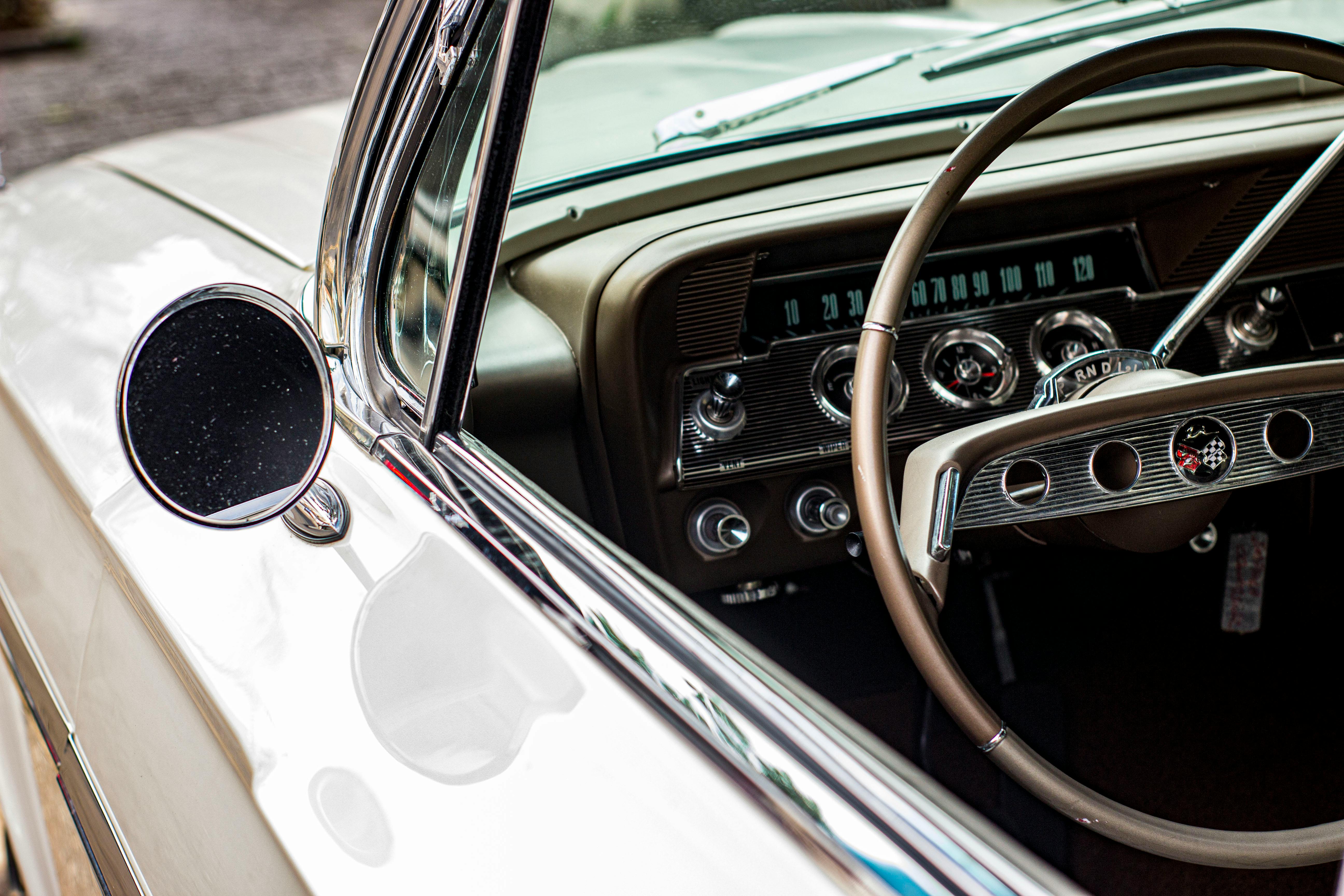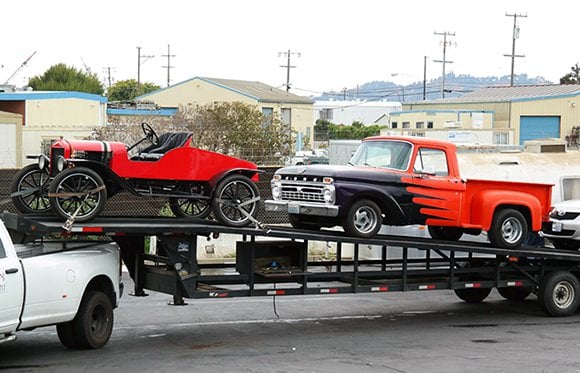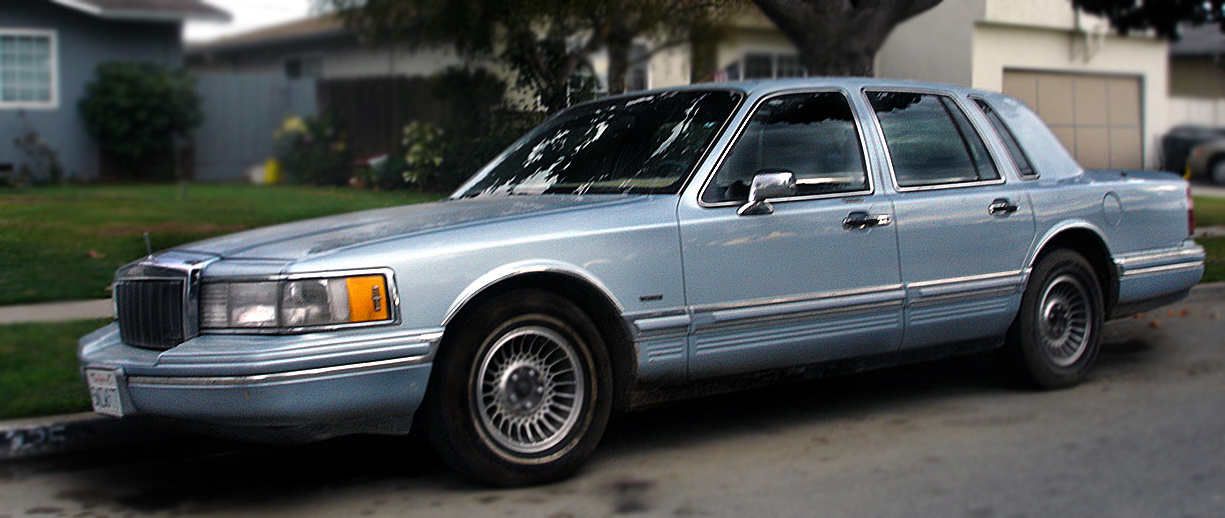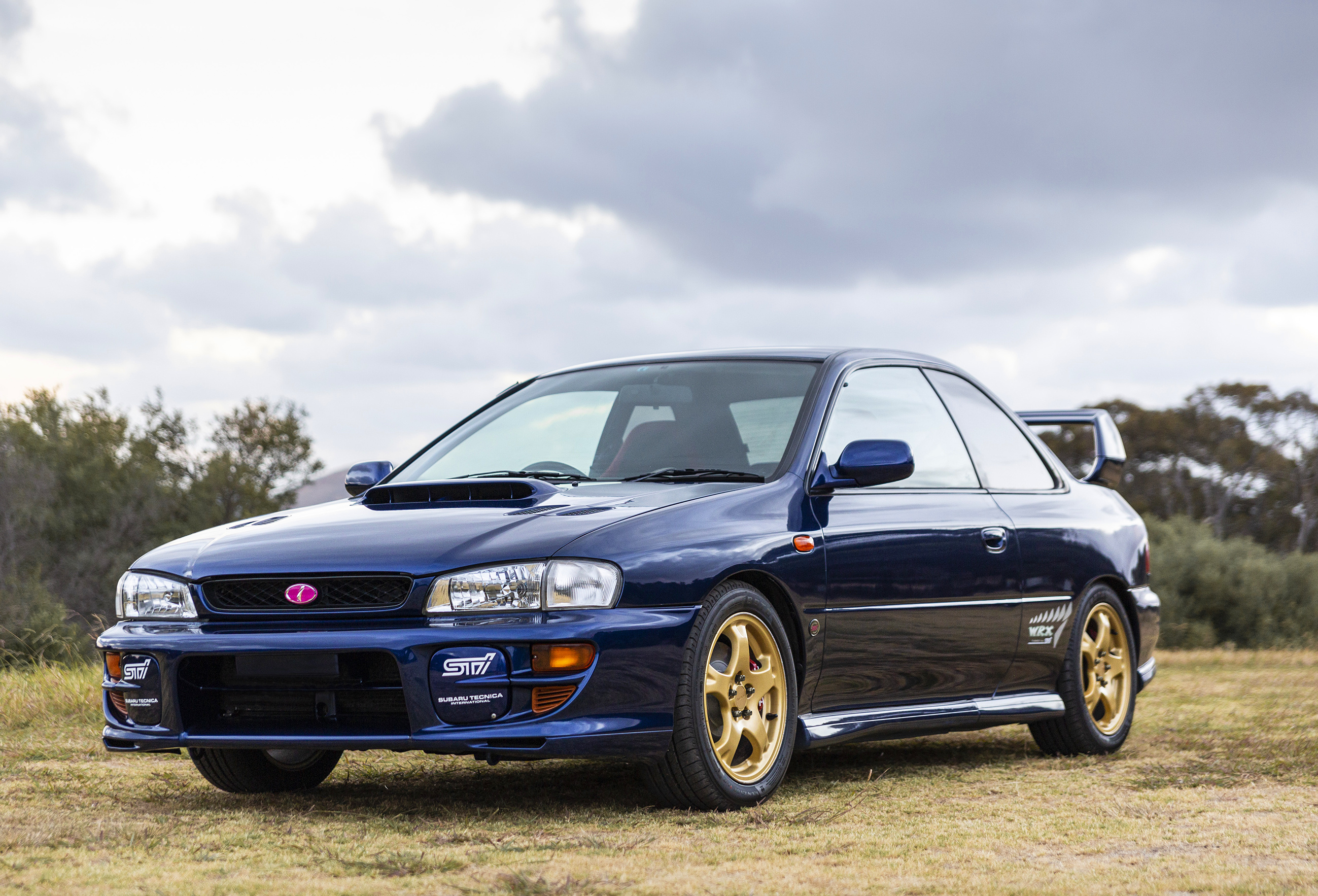Vintage Vehicle Regulation Act Philippines: A Guide for Collectors
The Philippines’ Vintage Vehicle Regulation Act (Republic Act No. 11698), enacted in April 2022 and effective April 2023, marks a shift for classic car enthusiasts and the automotive restoration industry. Unmodified +40 year old-cars can now be imported into the Philippines.
By creating a legal framework for importing, exporting, and registering vintage vehicles, this law aims to preserve the nation’s motoring heritage while fostering economic growth. This guide breaks down the law’s key provisions, registration processes, and opportunities for collectors.
What Defines a Vintage Vehicle Under RA 11698?

Key Criteria:
-
Age: At least 40 years old from its original manufacturing date (previously 30 years in early drafts).
-
Authenticity: Chassis, engine, steering, and suspension must remain original or period-correct.
-
Modifications: Limited to safety upgrades (e.g., brakes, seatbelts) or historically accurate restorations.
Exclusions:
-
Replicas or reproduction models.
-
Vehicles altered beyond period-correct specifications (e.g., modern engine swaps in pre-1980 cars).
Why RA 11698 Matters
Economic & Cultural Goals
-
Boost Local Restoration Industry: Encourage SMEs to participate in global markets for vintage car parts and services.
-
Promote Tourism: Support vintage car tours, museums, and motorsport events.
-
Preserve Heritage: Recognize vintage vehicles as cultural artifacts tied to Philippine history.
Key Changes from Previous Laws
-
RHD Imports Allowed: Right-hand-drive vehicles manufactured before December 31, 1970, or for motorsport use.
-
Three-Year Registration: Simplified process with reduced compliance burdens.
-
Tax Incentives: Businesses restoring/exporting vintage cars qualify for fiscal benefits under RA 11534.
Registration Process for Vintage Vehicles

Step 1: Documentation
-
New Imports:
-
Certificate of Title/Commercial Invoice from origin country.
-
PNP-HPG Motor Vehicle Clearance.
-
Third-Party Liability (TPL) Insurance.
-
-
Local Vehicles:
-
Original Certificate of Registration (CR) and Official Receipt (OR).
-
Motor Vehicle Inspection Report (MVIR).
-
Step 2: LTO Inspection
-
Verify chassis/engine numbers match documentation.
-
Confirm period-correct modifications (if any).
Step 3: Publication & Approval
-
Publish a notice in a newspaper of general circulation.
-
Await 3-month objection period.
Step 4: Payment & Plates
-
One-Time Fee: ₱10,000 + standard registration charges.
-
Special Plates: Include “Vintage Vehicle” and model year.
Note: Vehicles with missing documents require a notarized affidavit and police clearance.
Permitted Modifications
RA 11698 allows select upgrades to improve safety and usability:
-
Brakes/Suspension: Modern disc brakes or shock absorbers.
-
Engine Swaps: Same manufacturer and era (e.g., Toyota 2JZ in a 1980 Celica).
-
Accessories: Period-correct radios, air conditioning, or lighting.
Restriction: Modifications must align with the vehicle’s production era or within 10 years after. Owners must submit a notarized affidavit detailing changes.
Usage Restrictions
-
Leisure & Events: Weekend drives, weddings, motorsports, or exhibits.
-
Commercial Ban: No ride-hailing, delivery services, or daily commuting.
-
Presidential Vehicles: Export restricted without NHCP approval (exceptions for restoration).
Import/Export Opportunities
Bringing Vintage Cars to the Philippines
-
RHD Vehicles: Permitted if pre-1971 or race-only.
-
Spare Parts: Tariff-free import of original or replica components.
Exporting Filipino Heritage
-
Presidential Cars: Requires NHCP certification for historical significance.
-
Local Restomods: Showcase Filipino craftsmanship in global markets.
Case Study: A 1965 Toyota Corona RT20 restored in Manila sold for $45,000 at a U.S. auction, highlighting the law’s economic potential.
Challenges & Considerations
-
Strict Authenticity Checks: Non-original parts may disqualify registration.
-
Limited Usage: Weekend-only driving restricts practicality for some owners.
-
Documentation Hurdles: Older vehicles often lack titles, requiring affidavits and police clearances.
How This Law Compares Globally
| Country | Minimum Age | RHD Allowed | Key Difference |
|---|---|---|---|
| Philippines | 40 years | Yes (pre-1971) | Focus on tourism/restoration |
| USA | 25 years | No | EPA/DOT exemptions |
| Japan | None | Yes | Zero import tariffs |
Why Partner with West Coast Shipping?
While RA 11698 simplifies registration, navigating international logistics remains complex. Our services include:
-
Customs Clearance: Ensure compliance with Philippine import rules.
-
Secure Container Shipping: Protect valuable classics from Yokohama to Manila.
-
Documentation Support: Assist with titles, invoices, and affidavits.
Related Reading:
Driving Heritage Forward
RA 11698 positions the Philippines as a growing hub for vintage automotive culture. By balancing preservation with economic incentives, the law offers collectors a unique opportunity to own and showcase pieces of history-while contributing to local industry growth.
Ready to import or restore a vintage vehicle?
Contact us for expert logistics and compliance support.
Frequently Asked Questions
1. Can I daily-drive my registered vintage car?
No. The law restricts usage to leisure, events, and motorsports.
2. Are replica parts allowed?
Yes, if they match the vehicle’s original specifications.
3. How long does registration take?
Approximately 3–6 months, including publication and inspection.
You May Also Like
These Related Stories

Temporary vs. Permanent Car Imports to Germany: A Guide for Military Personnel, Expats and Visitors

Best 1990 Cars: Complete Guide to Classic Models and Values [2025]

-093789-edited.png?width=220&height=79&name=wcs_final_logo_(1)-093789-edited.png)
